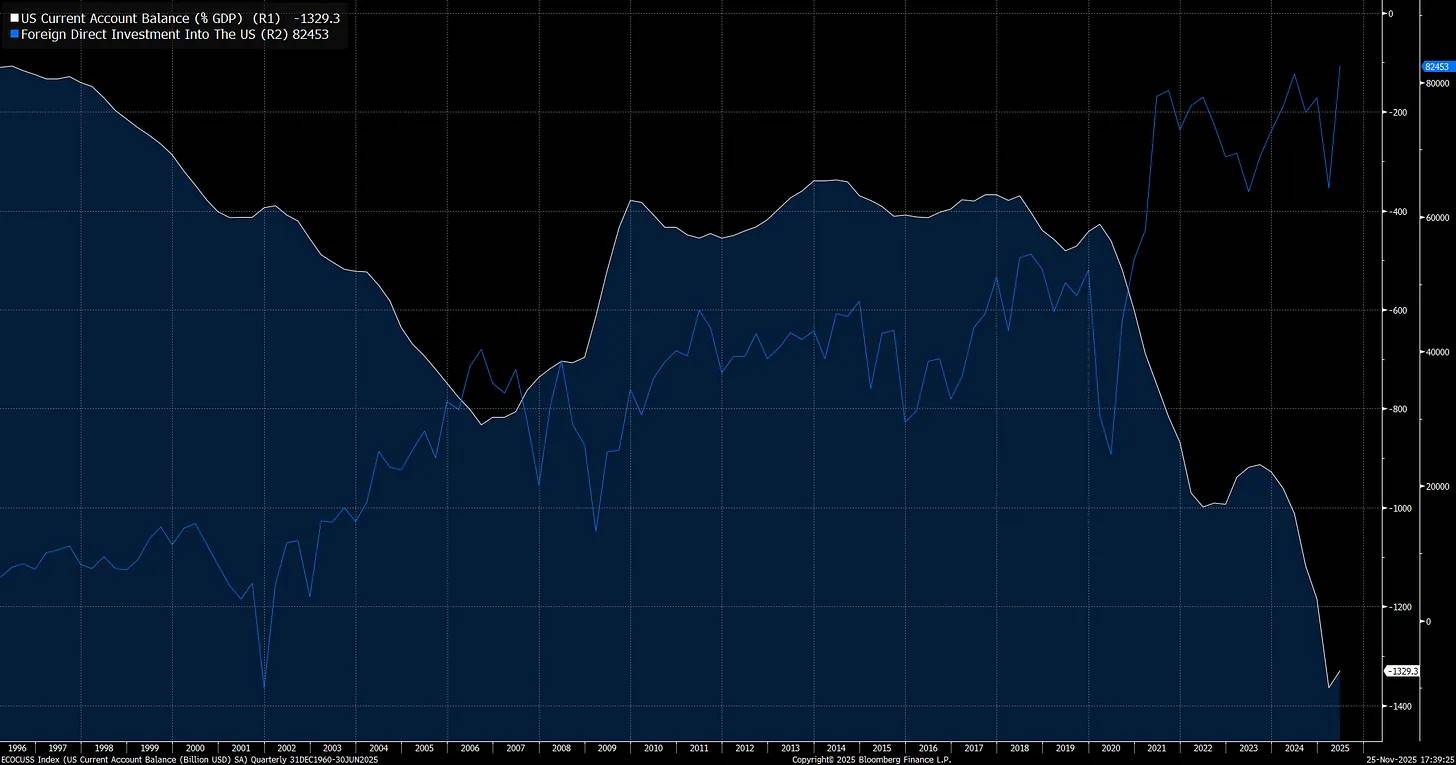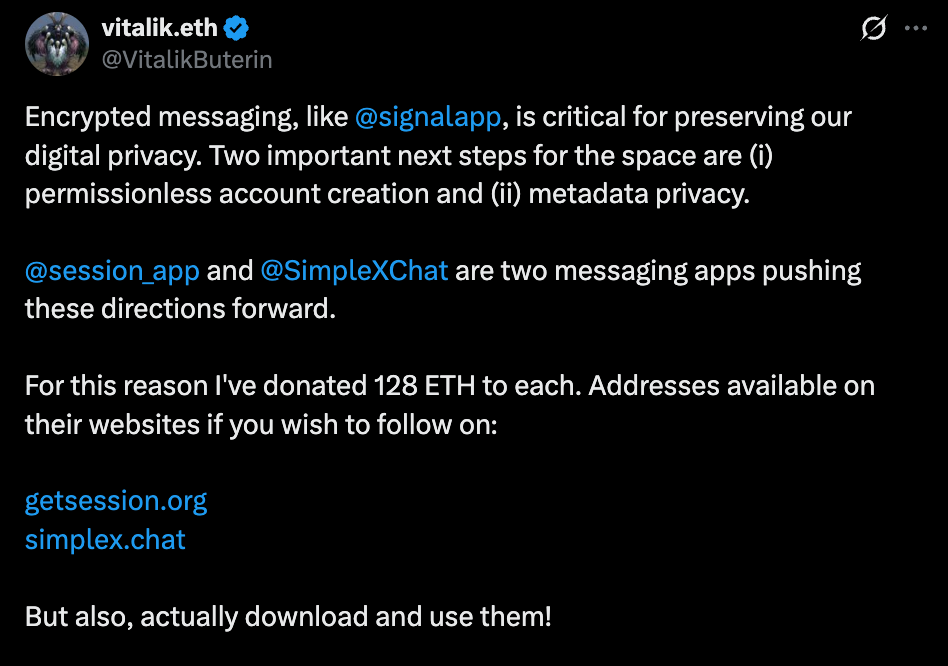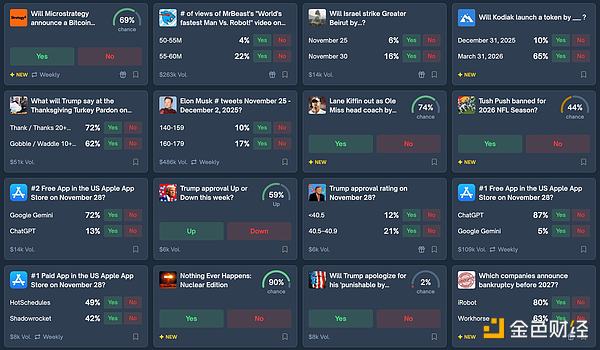DevvStream's Nasdaq Compliance: A Catalyst for Small-Cap Stability in a Volatile Carbon Market
- DevvStream (DEVS) regained Nasdaq compliance after 10 consecutive days above $1.00, averting delisting risks and restoring institutional credibility. - The compliance milestone aligns the company with ESG trends and positions it to benefit from emerging carbon market regulations like the EU CBAM. - Strategic moves including a $300M purchase agreement expansion and crypto treasury strategy aim to fund growth, though execution risks and market volatility persist. - Traders face a calculated bet: Nasdaq com
The recent confirmation that DevvStream (NASDAQ: DEVS) has regained compliance with Nasdaq's minimum bid price requirement marks more than a regulatory checkbox—it signals a pivotal moment for the company and offers a case study in how short-term regulatory milestones can stabilize illiquid small-cap stocks. For risk-tolerant traders, this development creates a near-term opportunity to assess whether the company's renewed Nasdaq listing can catalyze a broader re-rating of its value in a market still grappling with volatility and uncertainty.
The Compliance Milestone: A Lifeline for Institutional Credibility
DevvStream's stock had languished below the $1.00 threshold for 30 consecutive trading days earlier this year, triggering a Nasdaq staff determination that threatened its listing. However, the company's shares closed above $1.00 for ten consecutive days, culminating in a formal Nasdaq confirmation on August 22, 2025. This achievement is critical for a small-cap stock like DEVS, which had seen its 52-week range stretch from $1.75 to $154.77—a stark reminder of the sector's volatility.
Regulatory compliance often acts as a binary switch for small-cap stocks. When a company fails to meet listing requirements, it risks delisting, which erodes institutional trust and exacerbates liquidity challenges. By regaining compliance, DevvStream not only avoids the reputational hit of a delisting but also signals to investors that it can navigate the regulatory hurdles inherent in the carbon credit market. For traders, this creates a floor—both literal and figurative—beneath the stock, reducing the risk of a freefall that often accompanies regulatory noncompliance.
The Broader Implications: Compliance as a Short-Term Stabilizer
Small-cap stocks, particularly those in niche sectors like carbon management, are often plagued by low liquidity and high volatility. Regulatory compliance can serve as a short-term stabilizer by restoring access to institutional capital. DevvStream's Nasdaq compliance, for instance, aligns it with the growing demand for ESG-aligned investments, where governance standards are increasingly scrutinized.
The company's focus on high-integrity carbon removal technologies—such as projects with verifiable permanence and biodiversity co-benefits—positions it to benefit from regulatory tailwinds like the EU's Carbon Border Adjustment Mechanism (CBAM) and Brazil's emerging emissions trading system. These trends are creating a two-tier carbon market, where compliance with standards like the Integrity Council for the Voluntary Carbon Market (ICVCM) Core Carbon Principles (CCP) commands price premiums. DevvStream's Nasdaq compliance, while not directly tied to CCP certification, reinforces its alignment with broader industry credibility metrics.
Strategic Moves and Market Positioning
Beyond regulatory compliance, DevvStream has taken aggressive steps to bolster its balance sheet. The company recently expanded its purchase agreement with Helena Global Investment Opportunities 1 Ltd. from $40 million to $300 million and secured $10 million in initial funding from a $300 million convertible note offering. These moves, coupled with a cryptocurrency treasury strategy involving Bitcoin and Solana , suggest a willingness to leverage both traditional and digital asset markets to fund growth.
For traders, the question is whether these strategic initiatives can translate into sustained momentum. The company's current market cap of $8.5 million is modest, but its exposure to the projected $7–$35 billion carbon credit market by 2030 offers a compelling narrative. However, the sector remains fragmented, with price disparities between nature-based and technology-based credits creating valuation challenges. DevvStream's emphasis on high-integrity projects may insulate it from some of these issues, but execution risks persist.
Risks and Realities: A Caution for Traders
While the compliance milestone is positive, it is not a panacea. The carbon credit market remains susceptible to policy delays, geopolitical shifts, and oversupply risks. For example, a surge in low-quality credits could depress prices, eroding margins for companies like DevvStream. Additionally, the company's reliance on digital assets—via its treasury strategy—introduces another layer of volatility, as crypto markets are notoriously unpredictable.
For risk-tolerant traders, the key is to balance optimism with pragmatism. DevvStream's Nasdaq compliance provides a near-term catalyst, but its long-term success hinges on its ability to scale high-integrity projects and maintain governance standards. Investors should monitor the company's SEC filings and project development pipelines for signs of progress.
Conclusion: A Calculated Bet in a High-Stakes Sector
DevvStream's return to Nasdaq compliance is a green flag for traders seeking short-term opportunities in a volatile sector. The company's alignment with regulatory trends, combined with its strategic capital-raising moves, creates a compelling case for a near-term re-rating. However, the carbon credit market's inherent risks—policy uncertainty, supply-demand imbalances, and valuation challenges—mean that this is not a risk-free bet.
For those willing to take the plunge, DevvStream offers a unique intersection of regulatory stability and speculative potential. The stock's current price of $2.21, while modest, reflects a market that is still pricing in the company's long-term prospects. As the carbon credit sector evolves, DevvStream's ability to maintain its Nasdaq listing—and leverage its compliance as a credibility tool—could prove to be the difference between a speculative trade and a meaningful investment.
In the end, the lesson from DevvStream is clear: in small-cap investing, regulatory compliance can be as valuable as a product or service. For traders, the challenge is to distinguish between a temporary bounce and a sustainable turnaround. In this case, the Nasdaq stamp of approval may be the spark that ignites a broader market reassessment.
Disclaimer: The content of this article solely reflects the author's opinion and does not represent the platform in any capacity. This article is not intended to serve as a reference for making investment decisions.
You may also like
Interview with VanEck Investment Manager: From an Institutional Perspective, Should You Buy BTC Now?
The support levels near $78,000 and $70,000 present a good entry opportunity.

Macroeconomic Report: How Trump, the Federal Reserve, and Trade Sparked the Biggest Market Volatility in History
The deliberate devaluation of the US dollar, combined with extreme cross-border imbalances and excessive valuations, is brewing a volatility event.

Vitalik donated 256 ETH to two chat apps you've never heard of—what exactly is he betting on?
He made it clear: neither of these two applications is perfect, and there is still a long way to go to achieve true user experience and security.

Prediction Market Supercycle
